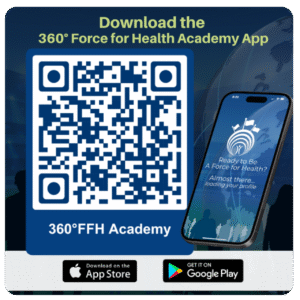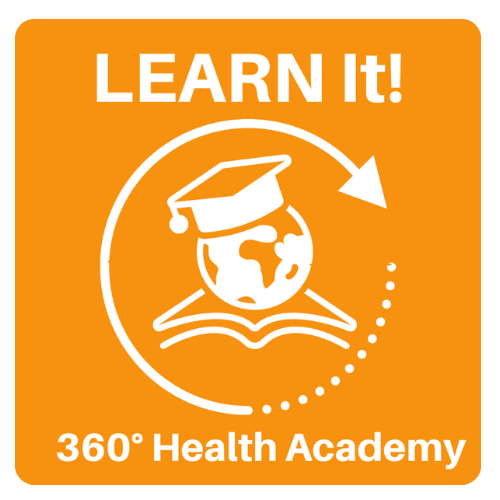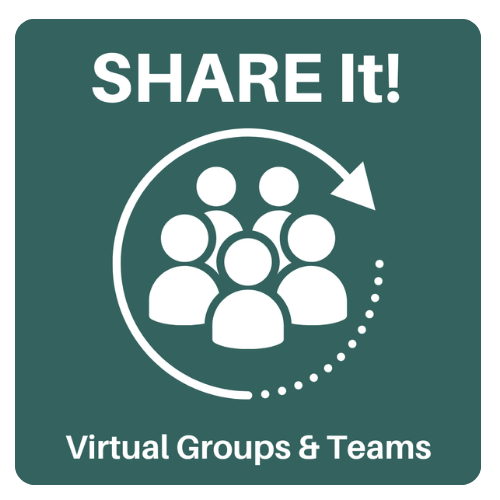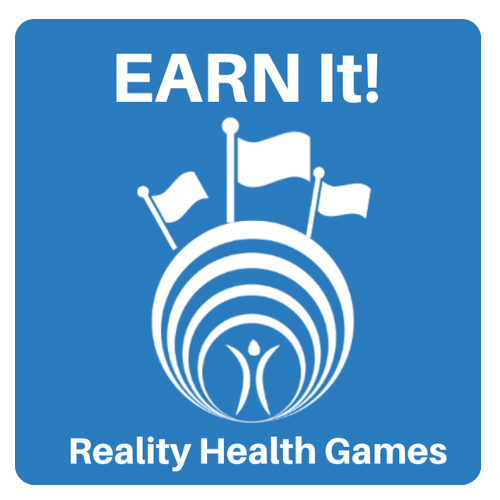
Preparedness and Recovery: The Role of the Public Library
The public library is a Force for Health in many communities.
It is not just about book storage and lending. It is a place where skilled professionals assist patrons with a variety of needs, including providing computer and wifi access, especially where residents don’t have it at home. This allows use of health literacy and disaster planning resources such as whats in the FOrce for Health, but also much more. Voting registration, drivers license renewal, insurance, banking, and ogvernment services access, and sometimes, even replacing FEMA in the middle of a disaster.
This September is National Preparedness Month. And today, I want to tell you a quick story about a lesson I learned during my time volunteering after Hurricane Katrina.
I was part of a team providing outdoor medical services to survivors in New Orleans—many of whom had lost everything. We were set up at a temporary site for what was called Health Recovery Week.
We were promised FEMA support, including access to essential resources like phones, broadband, medical supplies, clothing, and even building tools.
But when we arrived, all we found was a sign. A simple sign that said:
“FEMA resources available at the public library.”
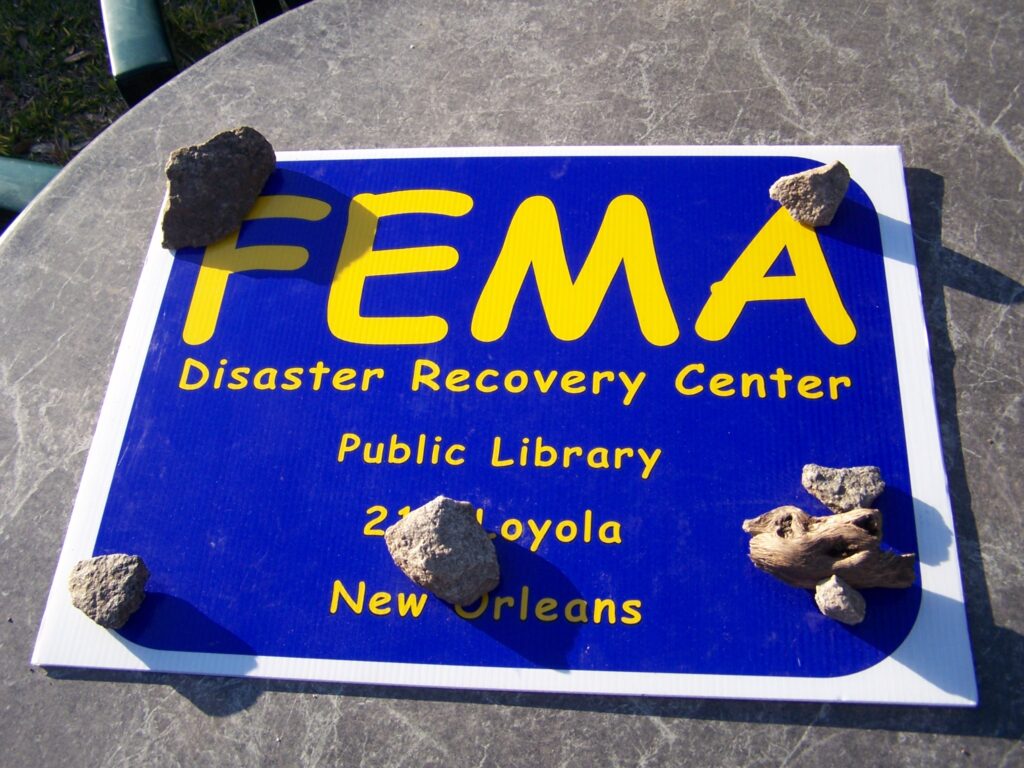
This sign was on a table the New Orleans Health Recovery Week event at the Zoo where victims of the disaster came for urgent medical care and resource and referral needs. Photo Credit: Robert Gillio
At first, I was frustrated. But then I paused and thought about what that sign actually meant.
The public library had become the center of hope.
It was where people could go to use the internet, make phone calls, print documents, cool off, warm up, or just sit in a quiet space to think, cry, or plan. It was also where they could get help filling out forms, finding housing, and connecting with healthcare or social services. Online access and communication with family, employers and disaster relief help happened at the library.
That’s not just a library. That’s infrastructure for recovery and resilience. Public libraries are more than books. They are vital lifelines for preparedness, response, recovery, and even resilience. They are community anchors—especially for the most vulnerable.
So as we reflect this month, ask yourself:
- Are you using and supporting this community resource?
- Does your community library have backup power?
- Do they know they are essential in your disaster plan?
- Can your family use it as a rally point?
- Use it as a resource for preparedness and recovery
Because the next time disaster strikes, your library might be the first place with the lights still on.
Let’s honor and support them—not just during emergencies, but every day.
And remember: Libraries help you to:
- Be a Force for Learning.
- Be a Force for Health.
- Be a Force for Preparedness.
Dr. Rob





